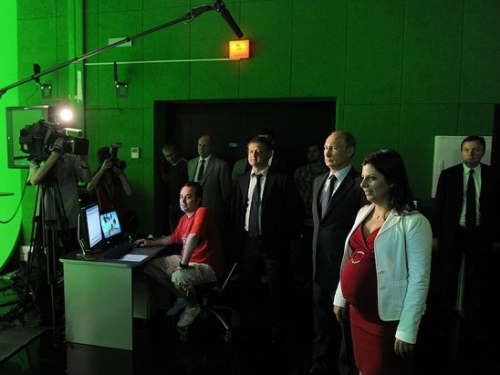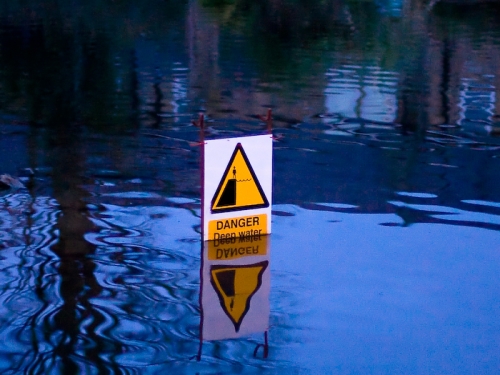
This article was originally published by the S. Rajaratnam School of International Studies (RSIS) on 9 February 2017.
Synopsis
States all around the world are seeking to restrict the proliferation of ‘fake news’ to insulate their populations against messages that may destabilise their societies. But is the state the best entity to combat fake news?
Commentary
IN 2016, several populist politicians around the world gained power by drawing on the emotion and biases of their supporters. Many of these followers appear to have been swayed by fake news, not verifying the ‘facts’ that their leaders provide them. More worrying, the leaders themselves seem not to care about the veracity of what they are spreading. Fake news can present as websites that deliberately publish hoaxes, propaganda, and disinformation purporting to be real news, and often using social media to drive web traffic and amplify their effect.
Some commentators fear that this is leading to a new normal where extremely biased views become the mainstream, thanks to fake news. These extreme views can cause divisions in society, foment unrest, and in some cases, lay the foundations for violence, such as the fake news that a pizza restaurant was operating a child abuse ring.




